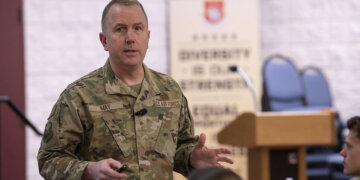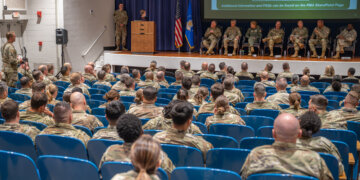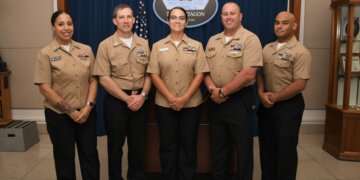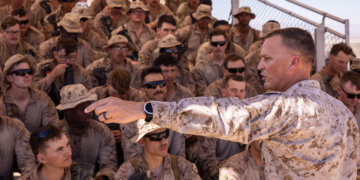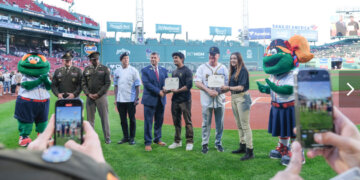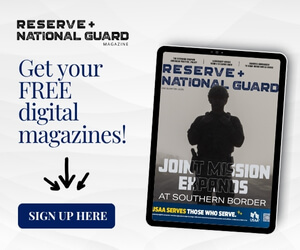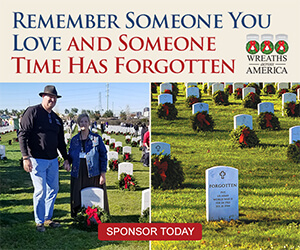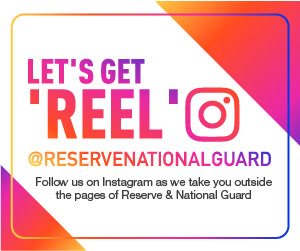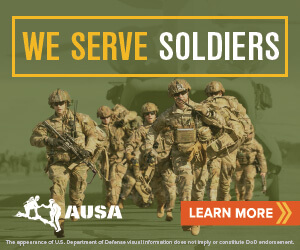The Emergency Medical Services system across the country is “facing crippling staffing challenges,” according to the American Ambulance Association. But service members trained in medical fields can slide into a viable profession on the civilian side.
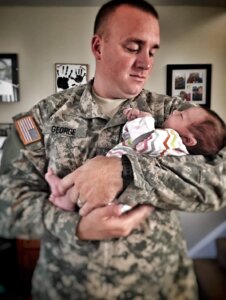
Spc. Trevor George, who serves in the Minnesota National Guard, is a testament to this. George trained and served as an Army medic, defining his military and civilian employment. He currently works in the Emergency Medical Services (EMS) field and is a medic in his Guard unit.
“The Army helped because I got to go into the training, and it was eight weeks of EMT class for the National Registry [of Emergency Medical Technicians],” George said. “I like helping people. I get to go out, and I help soldiers train. I get to cover them for ranges. When they get injured, they come to me … the one person they are happy to see, I guess, all the time.”
The 32-year-old Army specialist enlisted in 2013. He spent four years on active duty before joining the Minnesota’s 2nd Combined Arms Battalion, 136th Infantry HHC, where he serves as an Army medic.
“I actually transitioned from being an EMT to a paramedic,” he said. “I went to school for two years … because I was on active duty for four years and all, I was able to jump right into the paramedic program and skip, I guess, a semester or so of schooling because I already had my EMT.”
RELATED: USO National Guardsman of the Year comes from legacy of heroism
George said the Army provided the training he needed to become an EMT. He spent eight weeks preparing for the rigorous National Registry EMT test, administered by the NREMT, the certifying agency for EMTs in the United States.
“They kind of pushed us. It was five, six chapters a week,” George said. “They pushed you through, and they really broke it down and helped us understand the material.”
After passing the test, the Army sent George to Joint-Base San Antonio-Fort Sam Houston in San Antonio, Texas, for 16 weeks of field medicine instruction in the 68 Whiskey Combat Medic Specialist Training program.
“It was your patient assessment,” he said. “It was trauma, learning all about trauma, the different kinds of trauma, you could potentially see how to treat it. And then you actually went out and did what we call a trauma lane, where you go through a simulation of combat, you get to the point where if somebody gets injured, you treat them. You move them … from the point of injury back to a triage area. And from triage, you still are treating them and then you’re evacuating.”
George was in college when he decided to change his vocational direction and visited an Army recruiter. The conversation turned to Army medics and his interest was piqued.
“I thought that sounded kind of interesting and fun,” George said.
George works as a paramedic at Sanford Ambulance in Thief River Falls, Minnesota. But he said there are some distinctions between being a paramedic and an Army medic.
“As an Army medic, we’re working as EMTs with variances,” George said. “There’s different skill sets that we get signed off on by doctors and different medications we can push, and we’re limited into what we’re allowed to do. Whereas a paramedic, I’m still under a doctor, but I have a wider range of skills. I have a larger list of medications I can push.”
According to the Warfare History Network, Army medics are more important than ever, stating that in the last 30 years, the ratio of wounded-to-killed in battle has increased exponentially.
“Although the overall casualty rates were low, the number of wounded that required medical attention was relatively high compared to other wars,” the Warfare History Network reported. “In World War II, U.S. forces suffered 1.6 wounded for every soldier killed. In Vietnam, the ratio was 2.8 wounded for each soldier killed. In Iraq and Afghanistan, the ratio was 16 soldiers wounded for each soldier killed.”
George advises soldiers or future soldiers pursuing an EMT track to be teachable, focused and open-minded.
“Absorb everything you can, listen to them … and do it how they tell you to do it,” he said. “Don’t make up your own way. They’re the medical experts. They’re the experts on training people on how to be an Army medic and an EMT and stuff. Just listen, absorb it all, follow their instructions and then just have attention to detail.”
Read comments




















